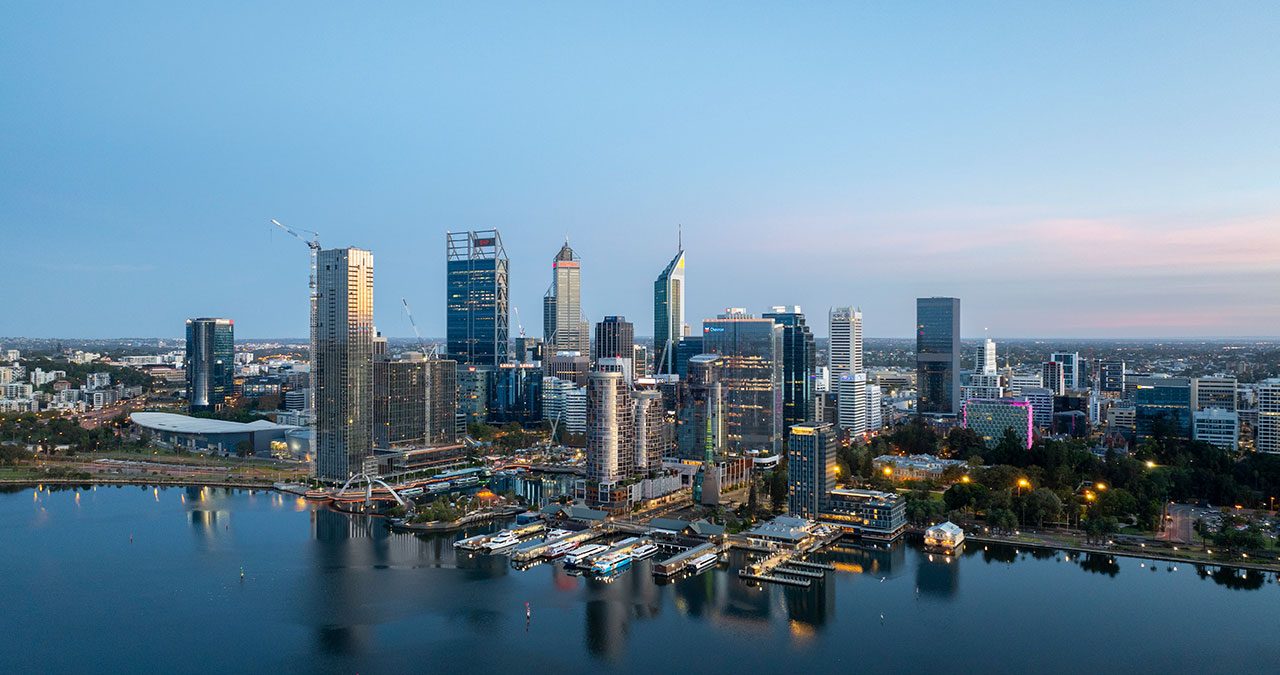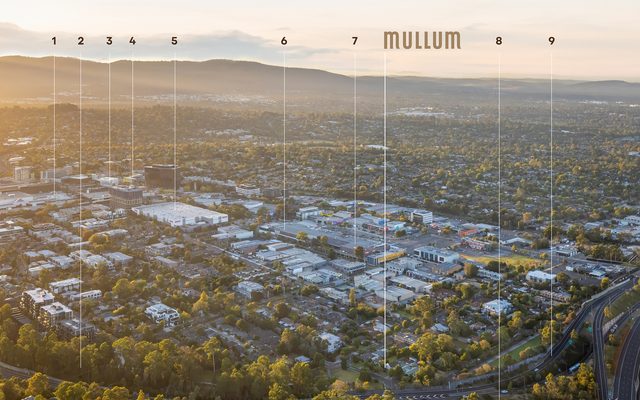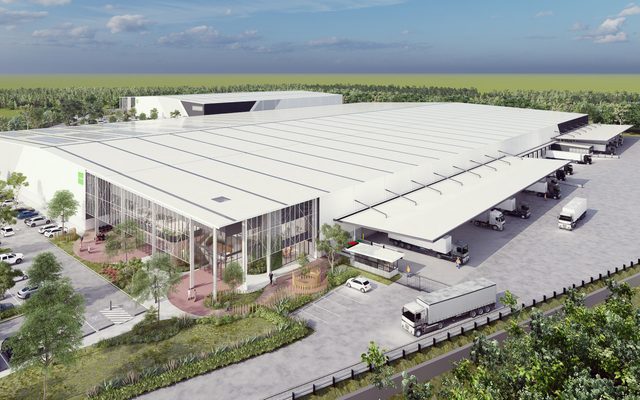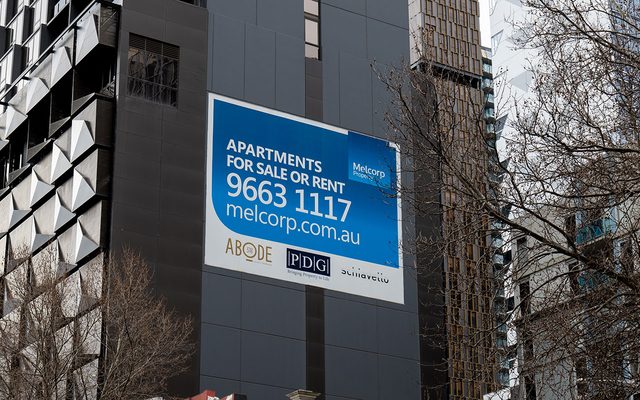This article is from the Australian Property Journal archive
EXCLUSIVE: AROUND $350 million worth of commercial properties in Western Australia are set to change hands by the end of this year, with both the retail and office sectors expecting imminent major transactions, as the state’s offers a much better value proposition, of up to a 100 basis points, compared to the east coast.
The deals will include Multiplex scion Andrew Roberts’ property funds platform RF CorVal divesting the A-grade tower at 66 St Georges Terrace for about $75 million, as exclusively reported yesterday by Australian Property Journal. Settlement will occur shortly.
An as-yet-undisclosed shopping centre deal is also tipped to settle in the coming weeks.
Investment volumes in Western Australia have reached $1.3 billion across the office, industrial, and retail sectors in 2024 year-to-date, according to Colliers analysis. Despite higher debt costs and other macro factors affecting investment activity, Colliers’ new report, The Engine Room of Growth: WA Real Estate Trends & Opportunities for 2025 & Beyond revealed that the state has fared relatively well in achieving this volume.
Major deals in the state this year saw Vicinity Centres nab a 50% stake in Lakeside Joondalup for $420 million – at a hefty discount to the asset’s peak value – while Hawaiian took full control of Claremont Quarter.
Notably, 10% of all national sales were in Western Australia, the report showed – the highest proportion of capital allocated to the state in the past decade.
“Our competitive advantage is that we have a lot of natural resources and minerals here in WA. We’re an international hub for resource production and mining,” Colliers manager – research, Yashwini Halai told Australian Property Journal.
“Another factor is that WA can leverage from our geographical position. We’re the closest to Asian countries. We’re effectively the western gateway to Australia and the closest to them, and we share a similar time zone. We’re in a strong position to establish partnerships with major Asian countries and attract global capital.”
She added that the general view of interest rates of being likely to come down in 2025 is going to create momentum and a a shift in sentiment.
“We’re likely to see more transactions occur in the coming year.”
In 2023, total private engineering and commercial investment spending in Western Australia grew 12% year-on-year, to $46 billion. Deloitte forecasts this to grow to $53 billion by 2028, with an annual growth rate of 3.1%.
Richard Cash, Colliers state chief executive – Western Australia told Australian Property Journal that the state is “the value proposition”.
“East coast players traditionally have focused in their home state or the eastern seaboard, which has meant there has been less competition for WA-based investment opportunities. We’re starting to see that change.
“It was something that changed throughout COVID with particularly privates on the east coast starting to look outside of their home state where they might get priced out by competition.
“By heading west, they could get 50 or 100 basis point advantage.
“There’s a much better value proposition buying a recently completed neighbourhood shopping centre from a yield or return perspective in Western Australia, as opposed to some of the very sharp pricing that has been delivered on the east coast assets.”
Strong demand in the industrial and logistics sector stems from owner-occupiers wanting to secure their supply chain and warehouse strategies, while super funds are actively reviewing portfolios to increase their footprint in industrial assets.
“A better value proposition superior income return in comparison to the east coast cities, makes Perth an attractive investor market and we think more activity will be apparent over the coming 12 months especially interest from owner occupiers,” the report said.
Cash noted that during the last boom, Western Australia’s economy was closer to two million people, and is now approaching three million.
“I think the increase in population has meant that we’re not a one-trick pony and that we should provide investors, whether they’re east coast or offshore, a lot of comfort about the strength of Western Australia.”
Limited retail and shopping centre supply is expected to benefit existing retail centres and their performance, and the “significant potential” in future years of population growth will increase sales densities of existing centres, Cash said.
Western Australia’s retail sector is already well-placed to take advantage of high spending levels. Retail sales have grown by 4.5% in the year to September in the state, Australian Bureau of Statistics data shows, surpassing all other states above the national benchmark of 2.3%.
Perth has experienced the fastest neighbourhood shopping centre rental growth compared to the rest of the country, with average gross face rents sitting between $378 and $568 per sqm.
In the office sector, Western Australia had had a slightly different experience to its eastern seaboard counterparts. Due to the strength of its economy, Western Australia saw limited fallout from the pandemic and a number businesses expanded, leading to a rebound in leasing activity and the vacancy rate tightening from 19.9% in January 2021 to 15.5% in July this year, according to the Property Council of Australia.
Demographic shifts are expected to occur over the coming years and make an impact on the way office space in Perth is used. Significant growth anticipated in the 15 to 24 age cohort in greater Perth, reflecting a rise in young professionals. Also known as “Generation Alpha”, this age cohort will bring advanced technology skills and digital integration in the workplace when they enter the workforce.
“As dynamics of workforce demographics evolve, this will influence the design of office spaces, the need for inclusion of sustainable design principles, diverse amenity offering and implementation of advanced technologies is expected given the rise in artificial intelligence,” Colliers said.






